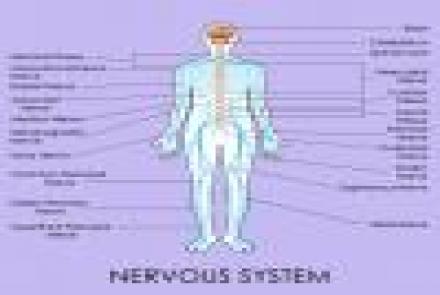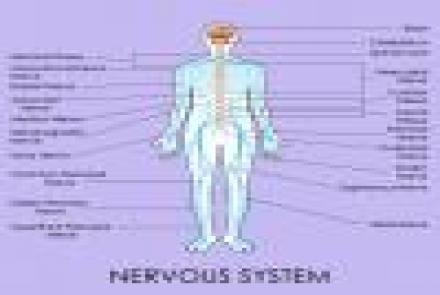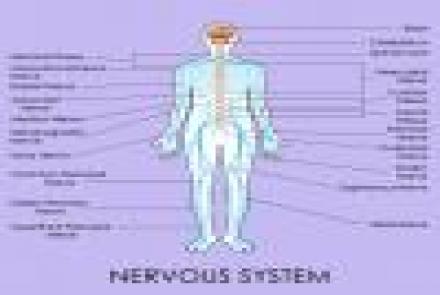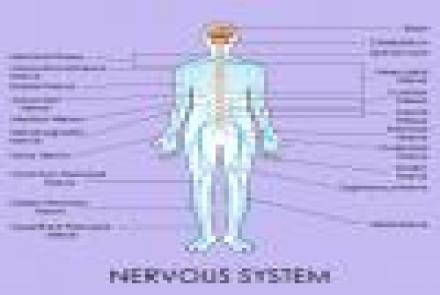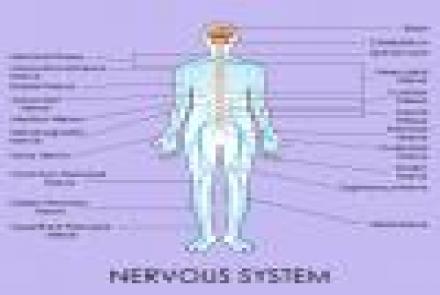Symptoms of Diabetic Retinopathy are:
Blurring or haziness of vision
Spots or lines in field of vision – Floaters
Diminished vision, which may vary from mild decrease in reading vision (macular edema) to total loss of vision due to bleeding (vitreous haemorrhage).
Latest Stories
- Can it be prevented A holistic approach – controlling blood sugar, hypertension, dyslipemia and kidney status with a good exercise routine - is the best preventive measure. What kind of screening tests should I undergo? Here are some guidelines, according to American Diabetic Association Adults and children aged >10 years with Type 1 diabetes should have an initial dilated and comprehensive eye examination by an ophthalmologist or optometrist within 5 years of the onset of…
- Are you at risk of developing diabetic retinopathy Yes, if you have: Persistent hyperglycaemia (high blood sugar) Diabetes of more than 5-years duration Albuminuria (too much protein in the urine>30mg in 24hours) Hypertension Dyslipemia
- These measures can help you manage the progression of diabetic neuropathy: Keep your blood pressure under control. Having both high blood pressure and diabetes greatly increases your risk of complications because both damage your blood vessels and reduce blood flow. Try to keep your blood pressure in the range your doctor recommends. Make sure you check in regularly. Make healthy food choices. Eat a balanced diet that includes a variety of healthy foods, especially fruits, vegetables and…
- There's a lot you can do to prevent or delay nerve damage. And, if you already have diabetic neuropathy (nerve damage), these steps can prevent or delay further damage and may lessen your symptoms. The most important thing is to keep blood sugar levels under control: Healthy planned diet, physical activity and medications, if prescribed, can help you reach your target range. Use a blood glucose meter to check your daily levels. Get an A1C test (a lab test) at least twice a year to find…
- The symptoms and signs of diabetic neuropathy depend on the type of neuropathy present with varying severity. 1. Peripheral neuropathy This presents with numbness or tingling, pain or burning sensations, loss of sensation in the feet or lower legs and sometimes in the hands or arms. This affects the peripheral nerves, most commonly the nerves of the feet and legs. 2. Proximal neuropathy This presents with one-sided pain in the hips, weakness in the thigh muscles, weight…
- The treatment is based on the types of diabetic neuropathy 1. Peripheral neuropathy treatment Manage pain with standard analgesics Maintain HbA1c below 7% Avoid tobacco and narcotics Localised pain can be managed with topical capsaicin, antidepressants (duloxetine, amitriptyline, imipramine, desipramine, venlafaxine), anticonvulsants (carbamazepine, gabapentin, phenytoin), or antiarrhythmic drug mexilitine (oral lidocaine). 2. Proximal neuropathy treatment Manage joint pain with…
- There are four types of diabetic neuropathy. 1. Peripheral neuropathy This presents with numbness or tingling, pain or burning sensations, loss of sensation in the feet or lower legs and sometimes in the hands or arms. This is the most common type of neuropathy that affects the peripheral nerves, most commonly the nerves of the feet and legs. 2. Proximal neuropathy This presents with one-sided pain in the hips, weakness in the thigh muscles, weight loss, difficulty getting up…
- Are you at risk? The following are the risk factors for Diabetic Neuropathy: Persistent hyperglycemia, HbA1c >8%, hypertension, hypercholesterolemia and duration of diabetes




